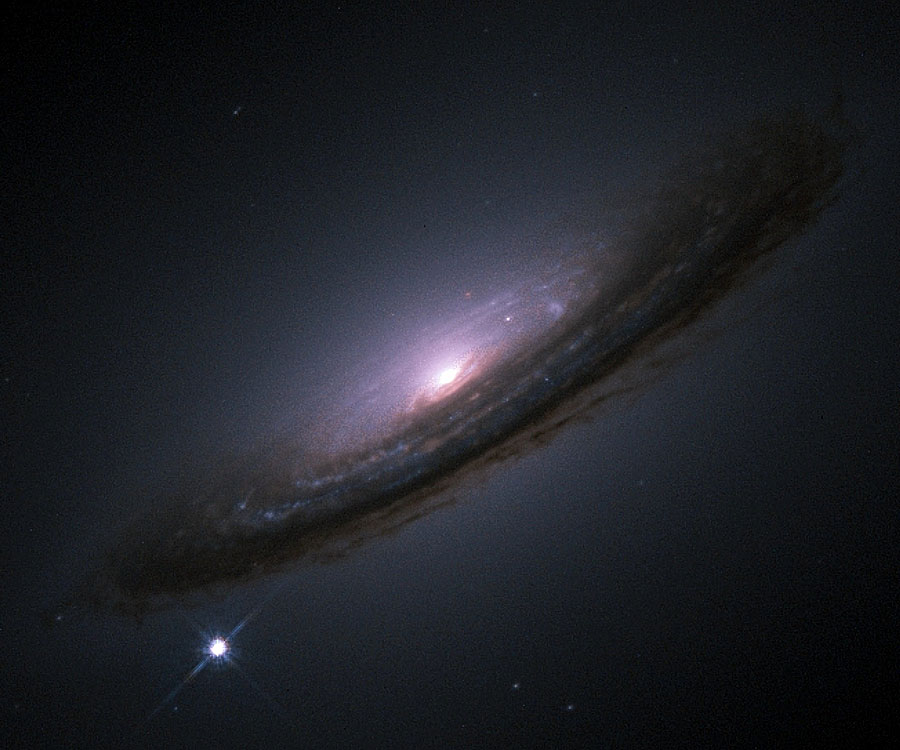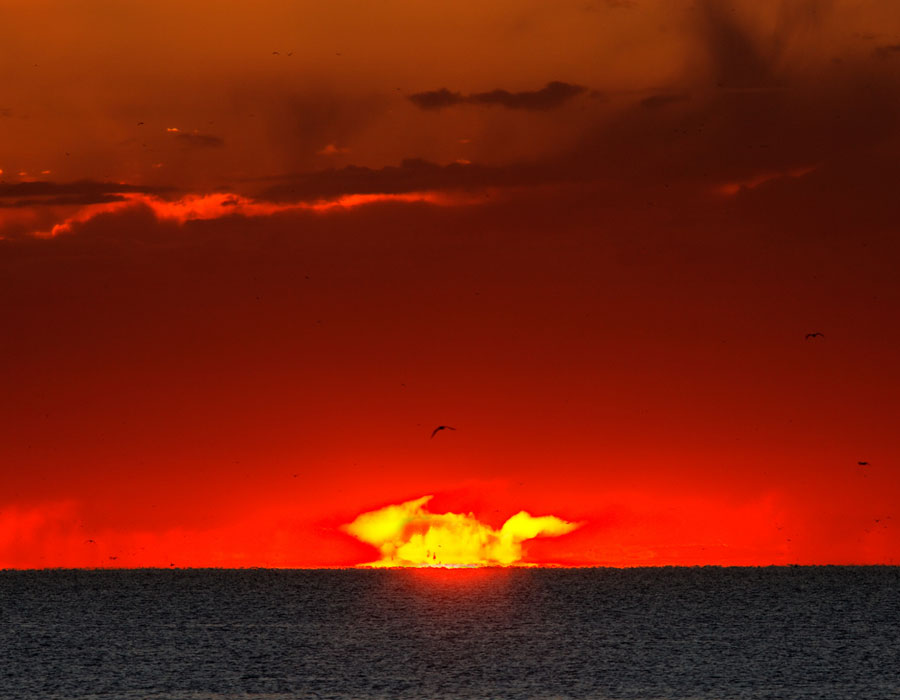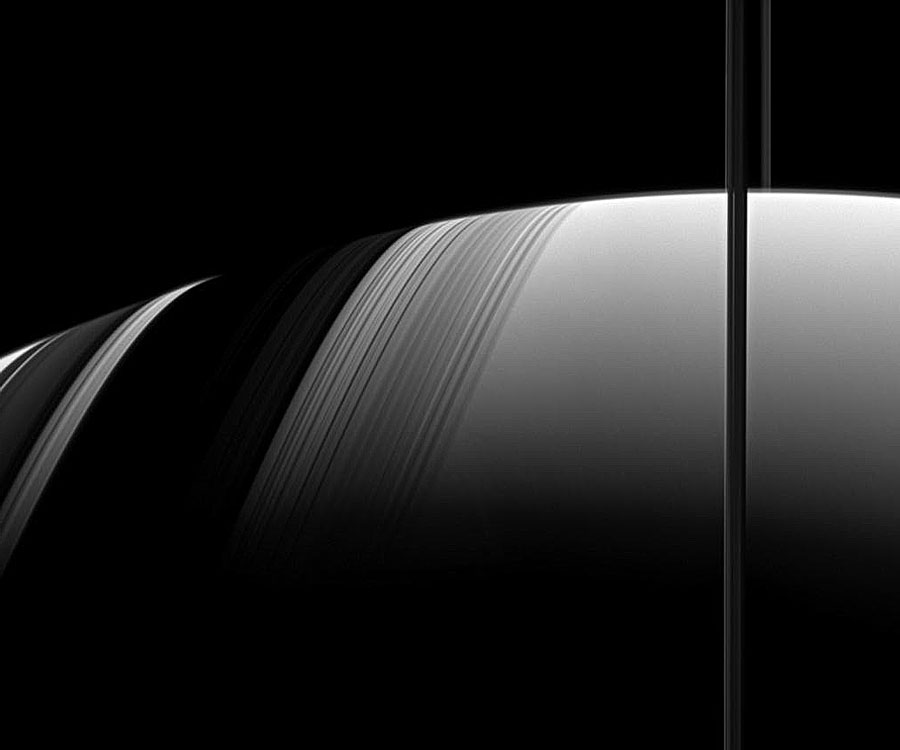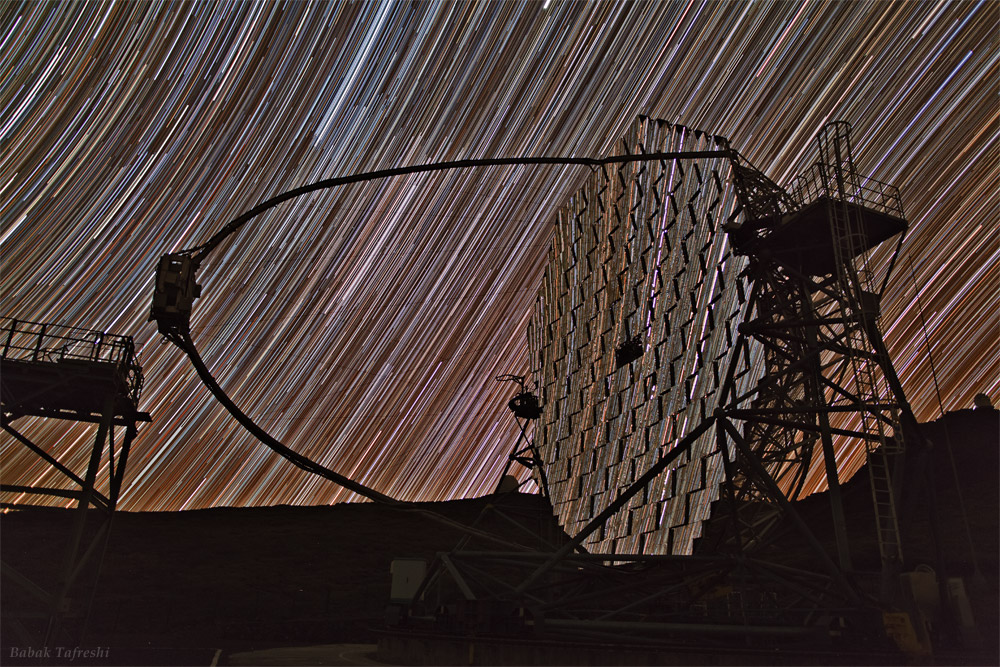Poll: Astronomy Picture of the Week for 2011 October 9-15
Poll: Astronomy Picture of the Week for 2011 October 9-15
_______________________________________________________________
Please vote for the TWO best Astronomy Pictures of the Day (image and text) of October 9-15, 2011.
(Repeated APODs are not included in the poll.)
All titles are clickable and link to the original APOD page.
We ask for your help in choosing an APOW as this helps Jerry and Robert create "year in APOD images" review lectures, create APOM and APOY polls that can be used to create a free PDF calendar at year's end, and provides feedback on which images and APODs were relatively well received. You can select two top images for the week.
We are very interested in why you selected the APODs you voted for, and enthusiastically welcome your telling us why by responding to this thread.
Thank you!
_______________________________________________________________
<- Previous week's poll
Thirteen years ago results were first presented indicating that most of the energy in our universe is not in stars or galaxies but is tied to space itself. In the language of cosmologists, a large cosmological constant is directly implied by new distant supernova observations. Suggestions of a cosmological constant (lambda) were not new -- they have existed since the advent of modern relativistic cosmology. Such claims were not usually popular with astronomers, though, because lambda is so unlike known universe components, because lambda's value appeared limited by other observations, and because less-strange cosmologies without lambda had previously done well in explaining the data. What is noteworthy here is the seemingly direct and reliable method of the observations and the good reputations of the scientists conducting the investigations. Over the past thirteen years, independent teams of astronomers have continued to accumulate data that appears to confirm the existence of dark energy and the unsettling result of a presently accelerating universe. This year, the team leaders were awarded the Nobel Prize in Physics for their work. The above picture of a supernova that occurred in 1994 on the outskirts of a spiral galaxy was taken by one of these collaborations.
Why would a rising Sun look so strange? No one is yet sure. What is clear is that the above unusual sunrise was captured last month from Buenos Aires, Argentina. The body of water in the foreground is Rio de La Plata, considered by many to be the widest river in the world. Although the above image is actually a combination of a normal and a very short exposure needed to avoid oversaturating the bright Sun, the photographer saw this unusual structure with his own eyes, indicating that this effect was caused by neither reflections nor distortions in the camera or lens. What looks like arms on this monster illusion might actually be, for example, low level clouds just thick enough to scatter sunlight without completely blocking the Sun. Additionally, the distortion visible on the lower part of the Sun's image might indicate a Etruscan Vase or Fata Morgana mirage possibly created by a curious refracting layer of air over the water. Unusual atmospheric phenomena are frequently thrilling to see personally, and although most can be traced to well known phenomena, others, for lack of more data, remain mysterious.
It's the bubble versus the cloud. NGC 7635, the Bubble Nebula, is being pushed out by the stellar wind of massive central star BD+602522. Next door, though, lives a giant molecular cloud, visible to the right. At this place in space, an irresistible force meets an immovable object in an interesting way. The cloud is able to contain the expansion of the bubble gas, but gets blasted by the hot radiation from the bubble's central star. The radiation heats up dense regions of the molecular cloud causing it to glow. The Bubble Nebula, pictured above in scientifically mapped colors to bring up contrast, is about 10 light-years across and part of a much larger complex of stars and shells. The Bubble Nebula can be seen with a small telescope towards the constellation of the Queen of Aethiopia (Cassiopeia).
Saturn's rings form one of the larger sundials known. This sundial, however, determines only the season of Saturn, not the time of day. In 2009, during Saturn's last equinox, Saturn's thin rings threw almost no shadows onto Saturn, since the ring plane pointed directly toward the Sun. As Saturn continued in its orbit around the Sun, however, the ring shadows become increasingly wider and cast further south. These shadows are not easily visible from the Earth because from our vantage point near the Sun, the rings always block the shadows. The above image was taken in August by the robotic Cassini spacecraft currently orbiting Saturn. The rings themselves appear as a vertical bar on the image right. The Sun, far to the upper right, shines through the rings and casts captivatingly complex shadows on south Saturn, on the image left. Cassini has been exploring Saturn, its rings, and its moons since 2004, and is expected to continue until at least the maximum elongation of Saturn's shadows occurs in 2017.
This sharp cosmic portrait features glowing gas and obscuring dust clouds in IC 1795, a star forming region in the northern constellation Cassiopeia. Also cataloged as NGC 896, the nebula's remarkable details, shown in its dominant red color, were captured using a sensitive camera, and long exposures that include image data from a narrowband filter. The narrow filter transmits only H-alpha light, the red light of hydrogen atoms. Ionized by ultraviolet light from energetic young stars, a hydrogen atom emits the characteristic H-alpha light as its single electron is recaptured and transitions to lower energy states. Not far on the sky from the famous Double Star Cluster in Perseus, IC 1795 is itself located next to IC 1805, the Heart Nebula, as part of a complex of star forming regions that lie at the edge of a large molecular cloud. Located just over 6,000 light-years away, the larger star forming complex sprawls along the Perseus spiral arm of our Milky Way Galaxy. At that distance, this picture would span about 70 light-years across IC 1795.
Colorful star trails arc across the night in this surreal timelapse skyscape from the Roque de los Muchachos Observatory on the Canary island of La Palma. A reflection of the Earth's daily rotation on its axis, the star trails are also reflected in one of a pair of 17 meter diameter, multi-mirrored MAGIC telescopes. The MAGIC (Major Atmospheric Gamma Imaging Cherenkov) telescope itself is intended to detect gamma rays - photons with over 100 billion times the energy of visible light. As the high energy gamma rays impact the upper atmosphere they produce air showers of high-energy particles. A fast camera monitoring the multi-mirrored surface records in detail brief flashes of optical light, called Cherenkov light, created by the air shower particles Astronomers can then ultimately relate the optical flashes to cosmic sources of extreme gamma-rays.
Magnificent spiral galaxy NGC 4565 is viewed edge-on from planet Earth. Also known as the Needle Galaxy for its narrow profile, bright NGC 4565 is a stop on many telescopic tours of the northern sky, in the faint but well-groomed constellation Coma Berenices. This sharp, colorful image reveals the galaxy's bulging central core cut by obscuring dust lanes that lace NGC 4565's thin galactic plane. An assortment of other background galaxies is included in the pretty field of view, with neighboring galaxy NGC 4562 at the lower right. NGC 4565 itself lies about 40 million light-years distant and spans some 100,000 light-years. Easily spotted with small telescopes, sky enthusiasts consider NGC 4565 to be a prominent celestial masterpiece Messier missed.
<- Previous week's poll
Please vote for the TWO best Astronomy Pictures of the Day (image and text) of October 9-15, 2011.
(Repeated APODs are not included in the poll.)
All titles are clickable and link to the original APOD page.
We ask for your help in choosing an APOW as this helps Jerry and Robert create "year in APOD images" review lectures, create APOM and APOY polls that can be used to create a free PDF calendar at year's end, and provides feedback on which images and APODs were relatively well received. You can select two top images for the week.
We are very interested in why you selected the APODs you voted for, and enthusiastically welcome your telling us why by responding to this thread.
Thank you!
_______________________________________________________________
<- Previous week's poll
Thirteen years ago results were first presented indicating that most of the energy in our universe is not in stars or galaxies but is tied to space itself. In the language of cosmologists, a large cosmological constant is directly implied by new distant supernova observations. Suggestions of a cosmological constant (lambda) were not new -- they have existed since the advent of modern relativistic cosmology. Such claims were not usually popular with astronomers, though, because lambda is so unlike known universe components, because lambda's value appeared limited by other observations, and because less-strange cosmologies without lambda had previously done well in explaining the data. What is noteworthy here is the seemingly direct and reliable method of the observations and the good reputations of the scientists conducting the investigations. Over the past thirteen years, independent teams of astronomers have continued to accumulate data that appears to confirm the existence of dark energy and the unsettling result of a presently accelerating universe. This year, the team leaders were awarded the Nobel Prize in Physics for their work. The above picture of a supernova that occurred in 1994 on the outskirts of a spiral galaxy was taken by one of these collaborations.
Why would a rising Sun look so strange? No one is yet sure. What is clear is that the above unusual sunrise was captured last month from Buenos Aires, Argentina. The body of water in the foreground is Rio de La Plata, considered by many to be the widest river in the world. Although the above image is actually a combination of a normal and a very short exposure needed to avoid oversaturating the bright Sun, the photographer saw this unusual structure with his own eyes, indicating that this effect was caused by neither reflections nor distortions in the camera or lens. What looks like arms on this monster illusion might actually be, for example, low level clouds just thick enough to scatter sunlight without completely blocking the Sun. Additionally, the distortion visible on the lower part of the Sun's image might indicate a Etruscan Vase or Fata Morgana mirage possibly created by a curious refracting layer of air over the water. Unusual atmospheric phenomena are frequently thrilling to see personally, and although most can be traced to well known phenomena, others, for lack of more data, remain mysterious.
It's the bubble versus the cloud. NGC 7635, the Bubble Nebula, is being pushed out by the stellar wind of massive central star BD+602522. Next door, though, lives a giant molecular cloud, visible to the right. At this place in space, an irresistible force meets an immovable object in an interesting way. The cloud is able to contain the expansion of the bubble gas, but gets blasted by the hot radiation from the bubble's central star. The radiation heats up dense regions of the molecular cloud causing it to glow. The Bubble Nebula, pictured above in scientifically mapped colors to bring up contrast, is about 10 light-years across and part of a much larger complex of stars and shells. The Bubble Nebula can be seen with a small telescope towards the constellation of the Queen of Aethiopia (Cassiopeia).
Saturn's rings form one of the larger sundials known. This sundial, however, determines only the season of Saturn, not the time of day. In 2009, during Saturn's last equinox, Saturn's thin rings threw almost no shadows onto Saturn, since the ring plane pointed directly toward the Sun. As Saturn continued in its orbit around the Sun, however, the ring shadows become increasingly wider and cast further south. These shadows are not easily visible from the Earth because from our vantage point near the Sun, the rings always block the shadows. The above image was taken in August by the robotic Cassini spacecraft currently orbiting Saturn. The rings themselves appear as a vertical bar on the image right. The Sun, far to the upper right, shines through the rings and casts captivatingly complex shadows on south Saturn, on the image left. Cassini has been exploring Saturn, its rings, and its moons since 2004, and is expected to continue until at least the maximum elongation of Saturn's shadows occurs in 2017.
This sharp cosmic portrait features glowing gas and obscuring dust clouds in IC 1795, a star forming region in the northern constellation Cassiopeia. Also cataloged as NGC 896, the nebula's remarkable details, shown in its dominant red color, were captured using a sensitive camera, and long exposures that include image data from a narrowband filter. The narrow filter transmits only H-alpha light, the red light of hydrogen atoms. Ionized by ultraviolet light from energetic young stars, a hydrogen atom emits the characteristic H-alpha light as its single electron is recaptured and transitions to lower energy states. Not far on the sky from the famous Double Star Cluster in Perseus, IC 1795 is itself located next to IC 1805, the Heart Nebula, as part of a complex of star forming regions that lie at the edge of a large molecular cloud. Located just over 6,000 light-years away, the larger star forming complex sprawls along the Perseus spiral arm of our Milky Way Galaxy. At that distance, this picture would span about 70 light-years across IC 1795.
Colorful star trails arc across the night in this surreal timelapse skyscape from the Roque de los Muchachos Observatory on the Canary island of La Palma. A reflection of the Earth's daily rotation on its axis, the star trails are also reflected in one of a pair of 17 meter diameter, multi-mirrored MAGIC telescopes. The MAGIC (Major Atmospheric Gamma Imaging Cherenkov) telescope itself is intended to detect gamma rays - photons with over 100 billion times the energy of visible light. As the high energy gamma rays impact the upper atmosphere they produce air showers of high-energy particles. A fast camera monitoring the multi-mirrored surface records in detail brief flashes of optical light, called Cherenkov light, created by the air shower particles Astronomers can then ultimately relate the optical flashes to cosmic sources of extreme gamma-rays.
Magnificent spiral galaxy NGC 4565 is viewed edge-on from planet Earth. Also known as the Needle Galaxy for its narrow profile, bright NGC 4565 is a stop on many telescopic tours of the northern sky, in the faint but well-groomed constellation Coma Berenices. This sharp, colorful image reveals the galaxy's bulging central core cut by obscuring dust lanes that lace NGC 4565's thin galactic plane. An assortment of other background galaxies is included in the pretty field of view, with neighboring galaxy NGC 4562 at the lower right. NGC 4565 itself lies about 40 million light-years distant and spans some 100,000 light-years. Easily spotted with small telescopes, sky enthusiasts consider NGC 4565 to be a prominent celestial masterpiece Messier missed.
<- Previous week's poll
A closed mouth gathers no foot.
Poll: Astronomy Picture of the Week for 2011 October 9-15
Is the Saturn APOD a rerun? Because it cannot be chosen in the polls. My other vote would go to either IC1795 or NGC4565.
Re: Poll: Astronomy Picture of the Week for 2011 October 9-1
HA! Made me look!  But no, it's not a rerun; see here: http://photojournal.jpl.nasa.gov/catalog/PIA14576
But no, it's not a rerun; see here: http://photojournal.jpl.nasa.gov/catalog/PIA14576
A closed mouth gathers no foot.
Re: Poll: Astronomy Picture of the Week for 2011 October 9-1
I am always thankful to Bystander, who keeps posting the latest beauties from Saturn system.
But I still cannot vote for Saturn picture. Bugs?
But I still cannot vote for Saturn picture. Bugs?
Re: Poll: Astronomy Picture of the Week for 2011 October 9-1
Crud! I completely misunderstood you! Saturn should be a choice in the poll; I accidentally left it out, and if I change the poll now, we'll lose all the current votes, darn it!
A closed mouth gathers no foot.
Re: Poll: Astronomy Picture of the Week for 2011 October 9-1
Okay, I noted the previous votes and have added Saturn, so vote counts have been reset. I am so sorry!
But I'm glad that now people can vote for the Saturn APOD if they wish!
But I'm glad that now people can vote for the Saturn APOD if they wish!
A closed mouth gathers no foot.
-
merrymargaret
- Asternaut
- Posts: 8
- Joined: Mon Feb 01, 2010 5:28 pm
Re: Poll: Astronomy Picture of the Week for 2011 October 9-1
I do not feel that last week was fair. There were more than two wonderful pix posted. 
- Anthony Barreiro
- Turtles all the way down
- Posts: 793
- Joined: Wed May 11, 2011 7:09 pm
- Location: San Francisco, California, Turtle Island
Re: Poll: Astronomy Picture of the Week for 2011 October 9-1
Nobel supernova, because it's a beautiful picture with an informative caption about a highly topical subject.
Saturn's ring shadows, because it's an awesome picture, and something I will never see through the eyepiece of my telescope.
Saturn's ring shadows, because it's an awesome picture, and something I will never see through the eyepiece of my telescope.
May all beings be happy, peaceful, and free.
-
neptunium
Re: Poll: Astronomy Picture of the Week for 2011 October 9-1
I went with the sunrise APOD and the Saturn sundial. I think the sunrise is cool. 
And who would've guessed that Saturn's rings could be used to measure the seasons on Saturn?
These are all awesome APODs. I don't really have anything bad to say about them.
And who would've guessed that Saturn's rings could be used to measure the seasons on Saturn?
These are all awesome APODs. I don't really have anything bad to say about them.
-
violastar
Re: Poll: Astronomy Picture of the Week for 2011 October 9-1
I think the pictures of galaxies unbelievably beautiful, so I can never resist voting for them. that is, unless there is a sun picture, or aurora, or earthbound weather ...






